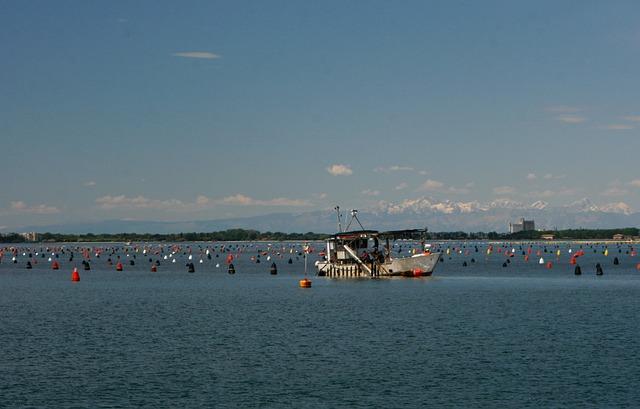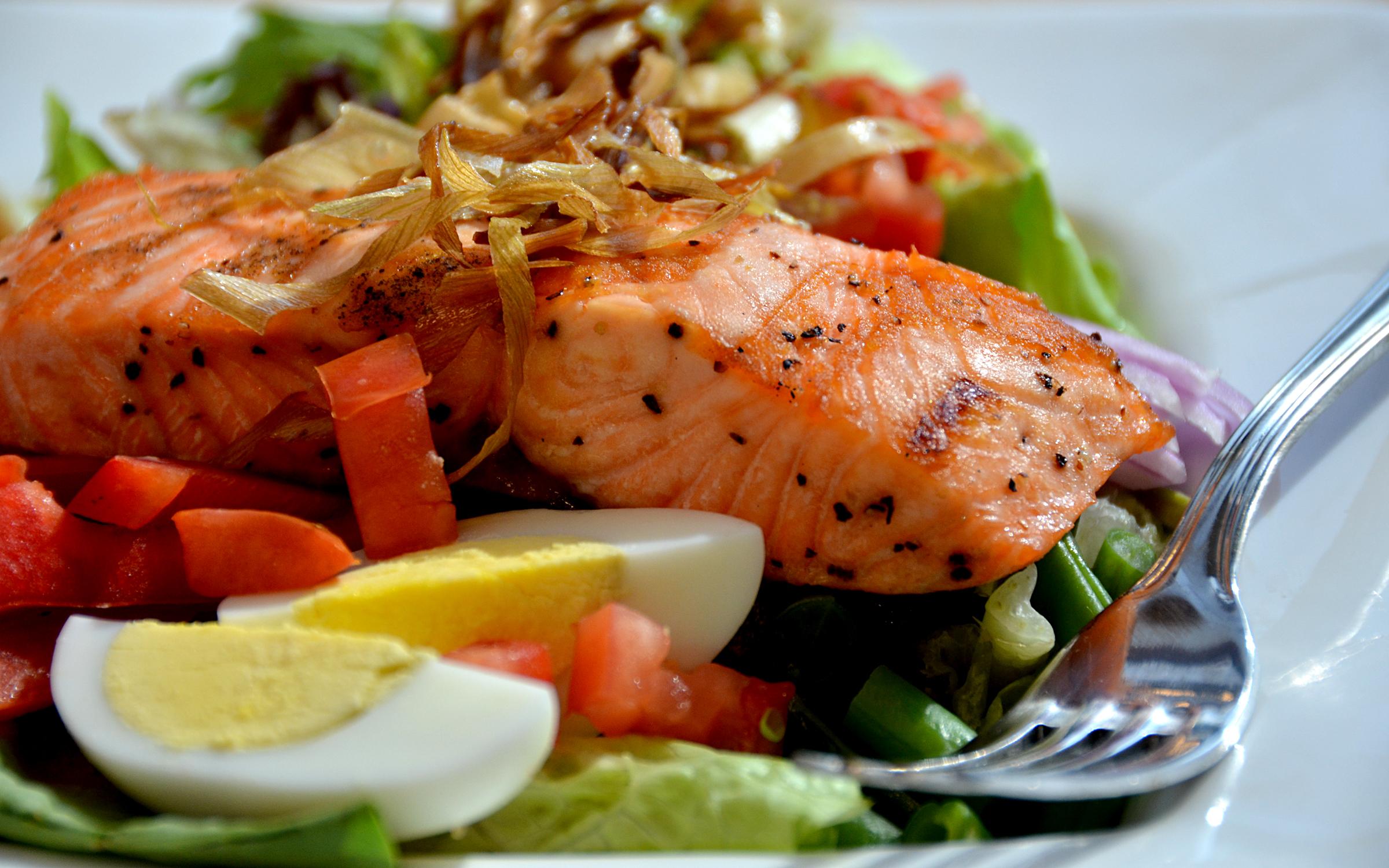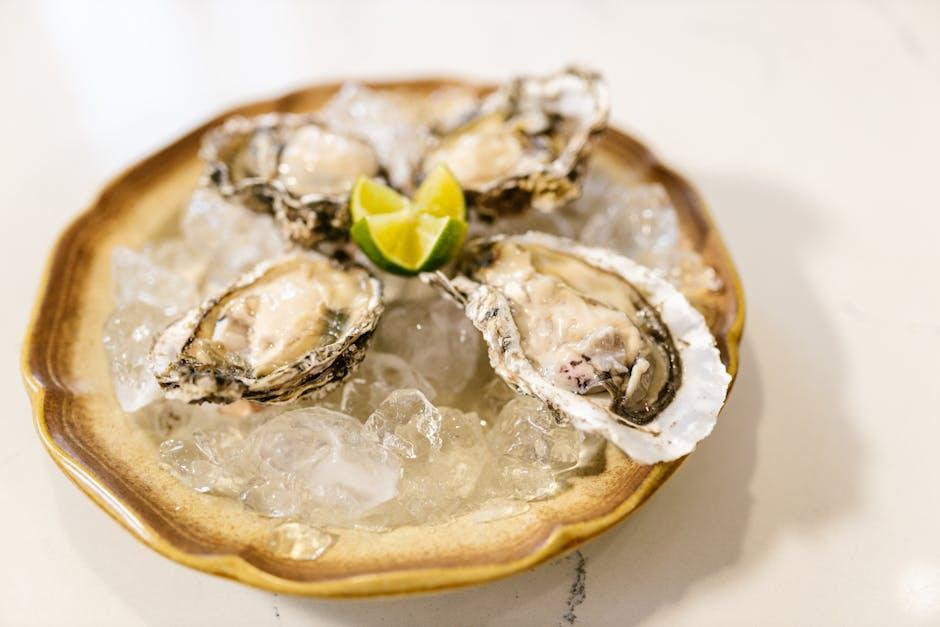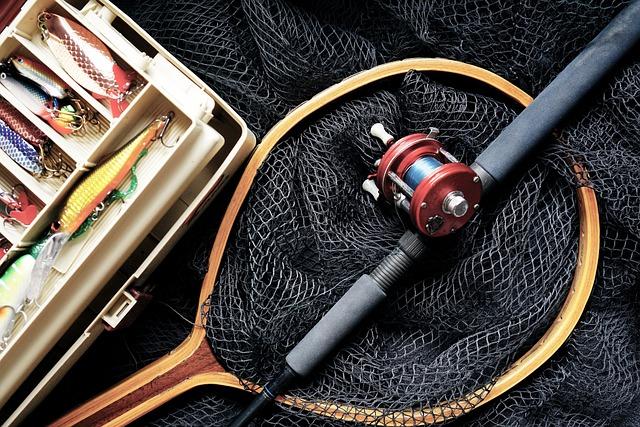In the vast tapestry of human culinary history, fish has long held a place of honor, its shimmering scales and delicate flavors captivating the palates of countless generations. Yet, as our oceans groan under the weight of modern consumption, a question of pressing importance bubbles to the surface: is eating fish truly sustainable? This inquiry invites us to navigate the intricate currents of environmental impact, economic necessity, and cultural tradition. It challenges us to weigh the bounty of the seas against the responsibility of stewardship. In this exploration, we delve into the depths of marine ecosystems, unravel the threads of global fisheries, and uncover the innovations that promise to chart a course towards a more sustainable future. As we embark on this journey, we seek to illuminate the complex relationship between our appetites and the oceans that nourish them, striving to balance indulgence with integrity.
Evaluating the Environmental Footprint of Fisheries
When it comes to assessing the ecological impact of our seafood choices, the evaluation of fisheries’ environmental footprint is pivotal. This footprint encompasses several dimensions, including the carbon emissions from fishing vessels, the bycatch of non-target species, and the destruction of marine habitats. Each of these factors contributes to the overall sustainability of consuming fish. For instance, industrial trawlers often drag heavy nets across the ocean floor, causing significant damage to underwater ecosystems. Moreover, the energy consumption of large-scale fishing operations can rival that of some terrestrial food production systems, raising questions about their environmental viability.
- Carbon Emissions: Fishing fleets contribute to greenhouse gas emissions, impacting climate change.
- Bycatch: Unintended capture of marine life affects biodiversity and disrupts marine food chains.
- Habitat Destruction: Practices like bottom trawling lead to long-lasting damage to ocean floors.
Additionally, the sustainability of fish consumption is influenced by the type of fish and the methods used to catch them. Small-scale, community-based fisheries often have a lower environmental footprint compared to large industrial operations. Supporting sustainable practices and choosing seafood from responsibly managed sources can help mitigate these impacts. By being mindful of these factors, consumers can make informed choices that support the health of our oceans and the planet.

Navigating the Complexities of Aquaculture Practices
When diving into the world of aquaculture, one quickly encounters a maze of ethical and environmental considerations. The practice, designed to meet the growing demand for seafood, raises questions about its long-term viability. The complexities arise from balancing the need for increased fish production with the imperative to preserve natural ecosystems. Understanding these challenges is crucial to discerning whether aquaculture can indeed offer a sustainable solution to global food security.
- Resource Management: Efficient use of resources such as water and feed is essential to minimize the environmental footprint.
- Biodiversity Concerns: Protecting native species and preventing the spread of diseases are paramount.
- Social Impacts: Ensuring fair labor practices and community involvement can bolster sustainability.
Through careful navigation of these complexities, aquaculture holds the potential to complement wild fisheries and contribute to a sustainable future. Yet, it requires ongoing innovation and a commitment to ethical practices to truly realize its promise.

Balancing Nutrition and Conservation in Seafood Choices
In the pursuit of a healthier lifestyle, seafood often emerges as a cornerstone due to its rich omega-3 fatty acids, high-quality proteins, and essential nutrients. However, as consumers, we are increasingly aware of the environmental impact of our dietary choices. Balancing nutrition with conservation can be challenging, but it’s not impossible. By making informed decisions, we can enjoy the benefits of seafood while supporting sustainable practices.
- Choose certified sustainable seafood: Look for labels such as the Marine Stewardship Council (MSC) or the Aquaculture Stewardship Council (ASC) that ensure the seafood is sourced responsibly.
- Opt for local and seasonal options: Supporting local fisheries reduces carbon footprints and promotes regional economic growth.
- Explore diverse species: By diversifying our seafood choices, we can alleviate the pressure on overfished species and contribute to a balanced marine ecosystem.
Being mindful of these choices not only nurtures our bodies but also helps preserve the delicate balance of our oceans, ensuring that future generations can continue to enjoy the bounty of the sea.

Guidelines for Making Informed and Sustainable Seafood Decisions
Choosing seafood that aligns with both environmental and ethical standards can be a complex task, but there are several guidelines that can help navigate this process. Firstly, prioritize seafood that is certified by reputable organizations such as the Marine Stewardship Council (MSC) or the Aquaculture Stewardship Council (ASC). These certifications ensure that the fish are sourced from fisheries or farms that meet rigorous sustainability criteria.
Consider the following when making your selection:
- Local and Seasonal Choices: Opt for fish that are locally sourced and in season to reduce the carbon footprint associated with transportation.
- Diverse Species: Diversifying the types of seafood you consume can alleviate pressure on overfished species and promote ecosystem balance.
- Traceability: Look for products that provide detailed information about their origin and supply chain, ensuring transparency and accountability.
- Low-impact Methods: Support fisheries and farms that employ methods minimizing habitat damage and bycatch, such as pole-and-line or handline fishing.
By adhering to these guidelines, you can enjoy seafood while supporting the health of our oceans and the communities that depend on them.
To Conclude
In the ever-changing tapestry of our global ecosystem, the question of whether eating fish is truly sustainable remains a complex and multifaceted issue. As we navigate the seas of knowledge and debate, it becomes clear that the answers are not as black and white as we might hope. The oceans, with their boundless depths and vibrant life, offer both a bounty and a warning—a call to balance our needs with the health of the planet.
In our quest for sustainability, we are challenged to consider the intricate dance between human consumption and environmental stewardship. This journey demands innovation, responsibility, and a commitment to informed choices. As we cast our nets into the future, let us do so with a mindful eye on sustainability, ensuring that the ocean’s melody continues to play for generations to come.


































